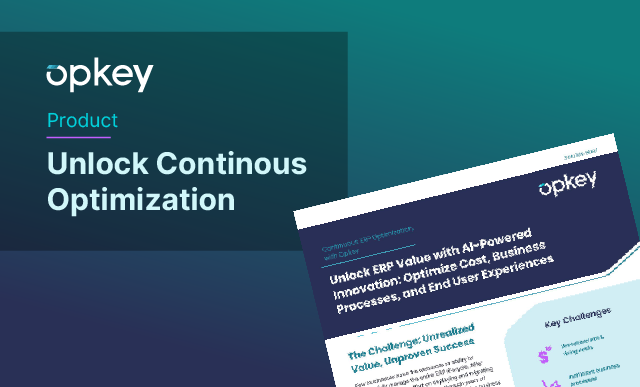Enterprise Resource Planning (ERP) software is one of the largest technology investments a company will make, serving as the foundation for critical business functions like HR, finance, and supply chain management. Yet, most ERP transformations face delays, budget overruns, and post-deployment struggles that hinder long-term success.
Beyond managing costs, organizations must ensure business continuity while adapting to shifting objectives—all without compromising security or compliance. However, ongoing testing, validation, and patch updates remain resource-intensive, creating inefficiencies that slow transformation. In an attempt to manage this complexity, organizations rely on a patchwork of consulting services, fragmented tools, and manual processes—only to find
that these efforts compound the problem rather than solve it.
This complexity traps businesses in a cycle of reactive, rather than proactive, response; increasing both risk and total cost of ownership. Without a unified ERP lifecycle management approach, teams struggle to adopt the latest AI and cloud-based advancements, ultimately falling short of achieving the full value of their ERP investment.










